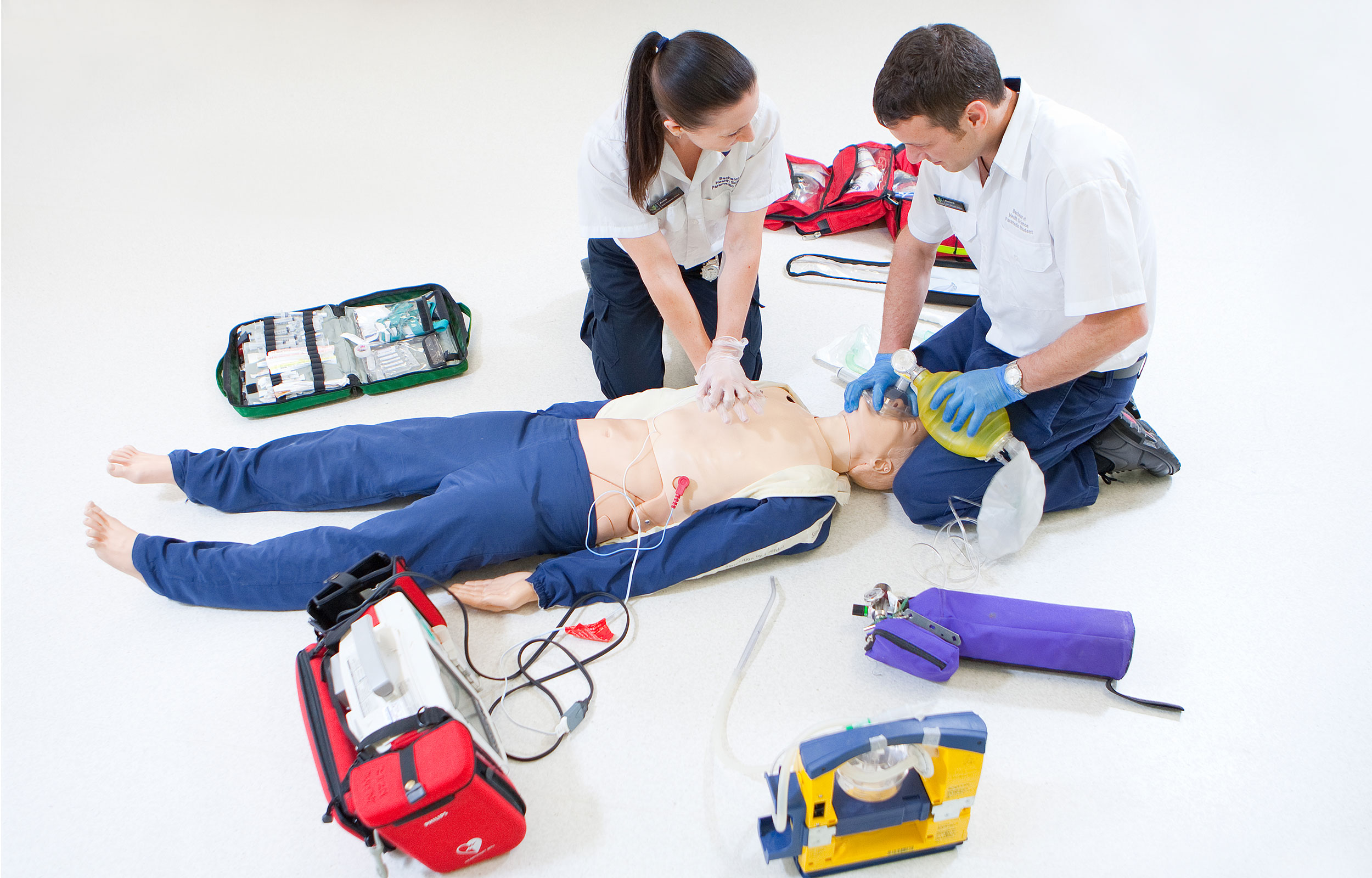The field of emergency medical services is a critical one, and a career in it can be lucrative. It’s all about providing life-saving assistance. If you’re thinking of being an Emergency Medical Technician (EMT) or even advancing to the highly regarded post of paramedic, you’re stepping into a field that has tremendous growth opportunities and a huge demand for highly skilled professionals. This article will guide you through each step needed to be an EMT or paramedic. We’ll also explore the different training options, such as the DSHS-approved EMS course.

Understanding the Role of EMTs and Paramedics:
First responders, Emergency Medical Technicians and Paramedics provide immediate medical treatment in an emergency situation. They are specially trained to assess patients, administer vital medical treatments, and transport individuals safely to medical facilities for treatment. EMTs and paramedics play an vital role in stabilizing patients during critical moments, making split-second decisions, and delivering compassion in times of emotional distress.
Step 1: Become an EMT:
To be an EMT In order to become an EMT, you have to successfully complete the required education and training courses, which can vary depending upon the certification level you wish to achieve. There are three levels to EMT certification:
1. EMT-Basic: This certification is an entry-level certification and requires between 100 and 150 training hours. EMTs-B are certified in the basics of medical care such as CPR blood pressure control, and the basic management of airways.
2. EMT-Intermediate is a degree which requires more instruction. The amount of training needed varies from state to the next. In some states, this degree is complemented by EMT-B. In other areas, the training can range from 200-400 hours and includes advanced medical skills such as intravenous therapy, among other advanced skills.
3. EMT-Paramedic (EMT-P) The most prestigious degree of EMT certification, EMT-P, requires extensive training, usually taking between 1,000 and 1,800 hours. Paramedics have the ability to perform sophisticated medical procedures such as administering medications or interpreting EKGs as well as advanced airway management.
Step 2: Obtaining Paramedic Certification:
You must pass your EMT B or EMT I level before you can become paramedic. You can then enroll in the paramedic certification program that takes between two and one year. In the course, you will learn about advanced medical subjects. You’ll also gain the expertise and understanding required to deal with urgent situations.
Check out EMT Training options:
You can choose among a number of EMT courses, depending on your certification level. EMT training is usually offered by community colleges as well as medical trades schools that offer all levels of certification. They offer a combination of classroom education as well as hands-on training and hands-on experience in the field as well as in clinical environments.
If you want a comprehensive and deep EMT course that could result in a degree at colleges or universities, they may also offer EMT training on the EMT-Paramedic levels. These programs will give you a more complete understanding of emergency medical procedures, providing an understanding of the medical care of patients and decision-making.
Step 4: Make sure you have DSHS approved EMS training:
For aspiring EMTs and paramedics, it’s important to make sure that the training program you select is DSHS accredited. The Department of State Health Services approves EMS programs to make sure they meet high standards of competency and education. By enrolling in a DSHS approved EMS training course, you can rest assured that you are receiving top-notch instruction and meeting the necessary requirements for certification.
Being an EMT or paramedic can be an extremely rewarding and highly respected career choice. As first emergency responders, EMTs and paramedics play important roles in helping save lives and provide immediate medical care in emergency situations. To begin this life-saving journey, future EMTs and paramedics need to complete the necessary training and education programs. Depending on the certification level that is desired, applicants can pick from several EMT training options, which include community colleges, medical trade schools, and universities.
When assessing the different training options available It is also important to make sure that your chosen EMS course is DSHS certified. In this way you can ensure that you’re receiving a high-quality training that meets the required standards to obtain EMT and paramedic certification.
As the demand for qualified emergency medical professionals increases, entering the field of EMS can provide a wide range of opportunities and the opportunity to make a an enormous impact on the lives of others. If you’re an EMT Basic or are looking to become a paramedic, your dedication to critical health will result in an enriching and meaningful job in emergency medical services.
